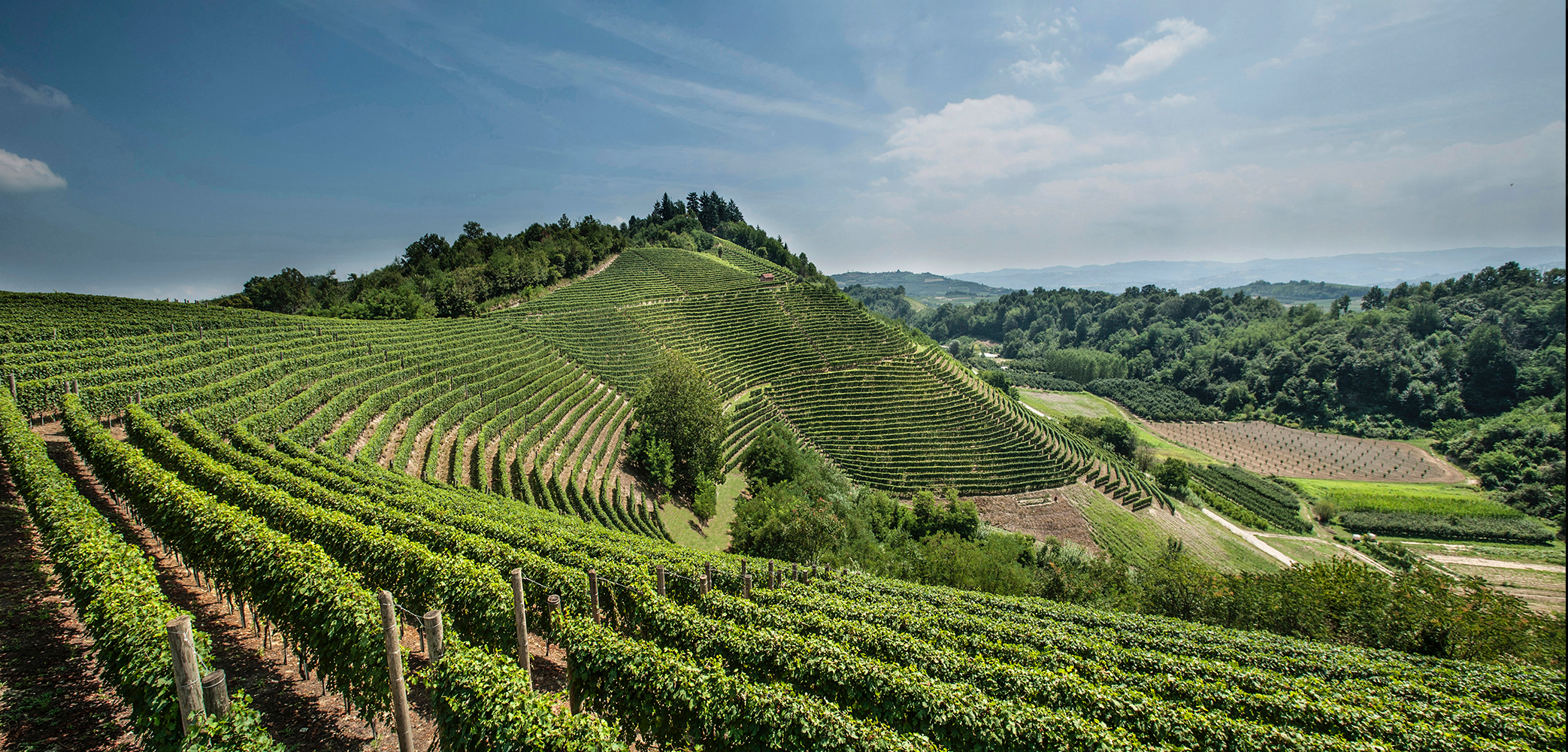Facts and Figures
Focus on Roero
Photos: m.a.

For a long time it was a Sleeping Beauty: Roero, a hilly region in southern Piedmont that offers an enchanting landscape of small hilltop villages, castelli, sandstone formations (known as rocche), chestnut forests, peach, pear and hazelnut trees, and of course vineyards. Thanks not least to this diversity, Roero together with Langhe and Monferrato were added to the UNESCO World Heritage List in 2014.
Roero is the home of two major DOCG wines: white Roero DOCG Bianco made of Arneis, and red Roero DOCG Rosso made of Nebbiolo. Both are unique wines with a particular goût de terroir, and both benefit from primarily sandy soils, a special microclimate in hilly sites around 300 metres above sea level, and the traditional knowledge of winemakers. They are fruity and elegant – and also astonishingly long-lasting, as an increasing number of winemakers are proving with their Riserva- level whites and reds.
Geology
The geological origins of Roero date back 130 million years, when the area was part of the seabed in the gulf of Padano. Its soils were formed from sedimentation of the seabed, but two to three million years ago, the upthrust of the Roero hills resulted in various different soil types overlapping.
The soil was then covered with sediment of alluvial and aeolian origin, which formed a unique plateau where Roero and Langhe were once jammed together. Roero was only separated from Langhe when the Tanaro river moved course 220,000 to 150,000 years ago. Now, Roero’s soils are primarily marl with a predominant amount of sandstone – sedimentary rock of marine origin containing a good level of limestone, clay and sand – that gives them permeability. The marine origins of the soils offer mineral characteristics. Roero therefore has various different soil types with continental sandy-gravel, marine sand, and marine clay sediment. These profiles sometimes sit side by side, sometimes overlap, and form macro areas that run from the north-west (the rocche) to the south-east (the areas closest to the Tanaro).
From a climatic perspective, Roero is a semi-arid area. The thin layers of marl alternating with sand only offer temporary water reserves. Average rainfall is 650 to 720 millimetres per year, making Roero one of the southern Piedmont areas with the least amount of rain. However, the elegant character of the wines comes from the protected location between the Maritime Alps to the south and the Alps to the west and north, and the resulting temperature variation between day and night. This of course provides ideal conditions for producing elegant, red and white wines from Nebbiolo and Arneis.
Arneis and Nebbiolo
The earliest written references to cultivation of the white grape variety Arneis date back to the late 15th and early 16th centuries. The name may be a reference to what is now Renesio near Canale, where this variety was mostly likely grown at the time. By the 18th century, Arneis was described as one of the highest quality grapes. However, it was not until the 1970s that vineyards were devoted entirely to Arneis, before which its vines covered just a dozen hectares.
Arneis’s growth cycle includes mediumearly budding. Blossom appears in the first third of June and the grapes ripen by the second half of September. Nebbiolo – the basis of Roero DOCG Rosso – is an indigenous grape variety from Piedmont, the first written references to which date back to the 13th century. Nebbiolo is one of the first vines to sprout and one of the last to be harvested, often in the second half of October, so it is particularly sensitive to climate and weather conditions. In Roero, Nebbiolo is grown exclusively in hilly vineyards with an ideal aspect. Sandy soils in particular make Roero DOCG Rosso aromatic, refined and elegant, but also give it ageing potential.




